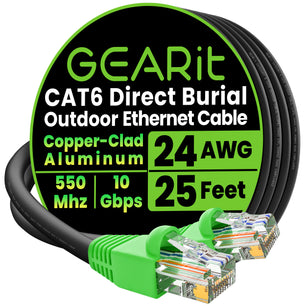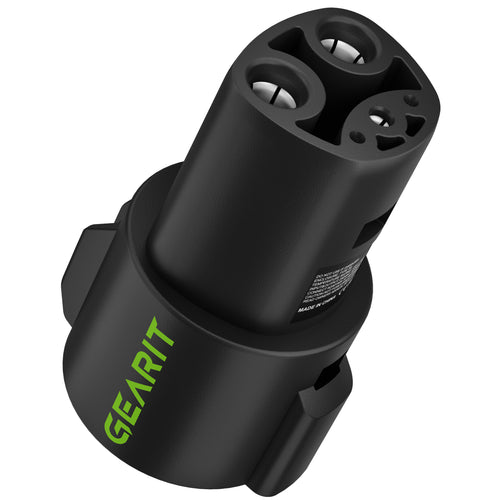
In 2021, the Biden Administration and American automakers set an ambitious goal for electric vehicles (EVs): to make up 50% of new vehicle sales by 2030. Achieving this target requires not only making EVs more affordable but also installing over 1.8 million public charging stations across the United States – a significant increase from the current volume of chargers.
The Challenge of Public Charging Access
For mass EV adoption to succeed, public charging access must be equitably distributed to support all drivers, especially in areas where residents rely on on-street parking. However, installing curbside EV chargers faces challenges such as high installation costs and crowded curbsides. To address these issues, a new approach has emerged: pole-mounted charging (PMCs).
Pole-Mounted Charging: A Creative Solution
Several cities in the United States are piloting PMCs, with Los Angeles leading the way by deploying over 450 PMCs. Here’s why this approach is gaining traction:
- 1. Lower Costs, More Chargers: Compared to ground-mounted chargers, PMCs offer installation cost savings of up to 55%. By utilizing existing electrical connections and avoiding construction, materials, and labor costs, more chargers can be deployed for the same investment. Additionally, PMCs preserve valuable pedestrian space at the curb.
- 2. Equitable Charger Distribution: Currently, less than 10% of US residents have public EV charging located within a 1/4 mile of their homes. Black and Latinx communities have even less access to this infrastructure. PMCs can serve drivers without home charging options, prioritizing equitable access and community input during site selection.
- 3. Supporting Ride-Hailing Electrification: Ride-hailing companies like Uber and Lyft aim to electrify their vehicle fleets by 2030. However, many drivers lack access to charging infrastructure. PMCs can help by providing near-home charging for ride-hail drivers.
At-Home Wall Chargers
While public charging stations are essential for longer trips and convenience, most EV owners primarily charge their vehicles at home. Here are some key points about at-home wall chargers:
- 1. Level 1 Charging: This is the most basic form of home charging. It uses a standard 120-volt household outlet. While convenient, it’s relatively slow, adding about 2-5 miles of range per hour of charging.
- 2. Level 2 Charging: For faster home charging, Level 2 chargers are the way to go. These require a 240-volt outlet (similar to a dryer outlet) and can add around 10-30 miles of range per hour. Many EV owners install Level 2 chargers in their garages or driveways.
- 3. Installation Considerations: When setting up a home charger, consider factors like electrical capacity, location, and whether you need a professional electrician for installation.
- 4. Adapters: Adapters allow you to connect your EV to different types of charging stations. Let’s explore these further:
EV Charging Adapters
EV charging adapters are essential accessories that allow you to connect your electric vehicle to different types of charging stations. Here are some common types:
-
1. J1772 to Tesla Adapter

- Purpose: If you own a Tesla but want to use public charging stations with J1772 connectors, this adapter bridges the gap.
- Compatibility: Works with Tesla Model 3, Model S, Model X, and Model Y.
- Where to Buy: GearIT 60 Amp J1772 to Tesla Adapter
-
2. NEMA 5-15 Adapter
-
Purpose: Converts your standard household outlet (NEMA 5-15) to a Level
1 EV charger plug.

- Compatibility: Useful for Level 1 charging.
- Where to Buy: GearIT NEMA 5-15P to NEMA L5-30R Dogbone Adapter Cord
-
3. Tesla Wall Connector with J1772 Plug

- Purpose: Provides Level 2 charging for non-Tesla EVs using J1772 connector.
- Compatibility: Works with most non-Tesla electric cars.
- Where to Buy: GearIT Tesla to J1772 Adapter
-
4. RV TT-30P to 50 Amp Adapter

- Purpose: Converts an RV-style 30-amp plug to a 50-amp EV charging plug.
- Compatibility: Useful for RV parks or locations with specific outlets.
- Where to Buy: GearIT TT-30P to 50 AMP Dogbone Adapter Cord
The Global Picture
Around the world, much more charging infrastructure is needed to enable a full transition to electric vehicles. Research and trends in top EV markets highlight the urgency of expanding charging networks. For example, China’s deployment of public chargers is compared to that of Europe and the United States in a recent report.
Conclusion
As EV adoption accelerates, innovative solutions like pole-mounted charging play a crucial role in making public charging accessible to all. Whether you’re a driver, a city planner, or an environmental advocate, understanding the world of EV charging adapters is essential for a sustainable future.
Remember, the road to widespread EV adoption involves not only the vehicles themselves but also the infrastructure that supports them. Let’s charge forward together!


























































